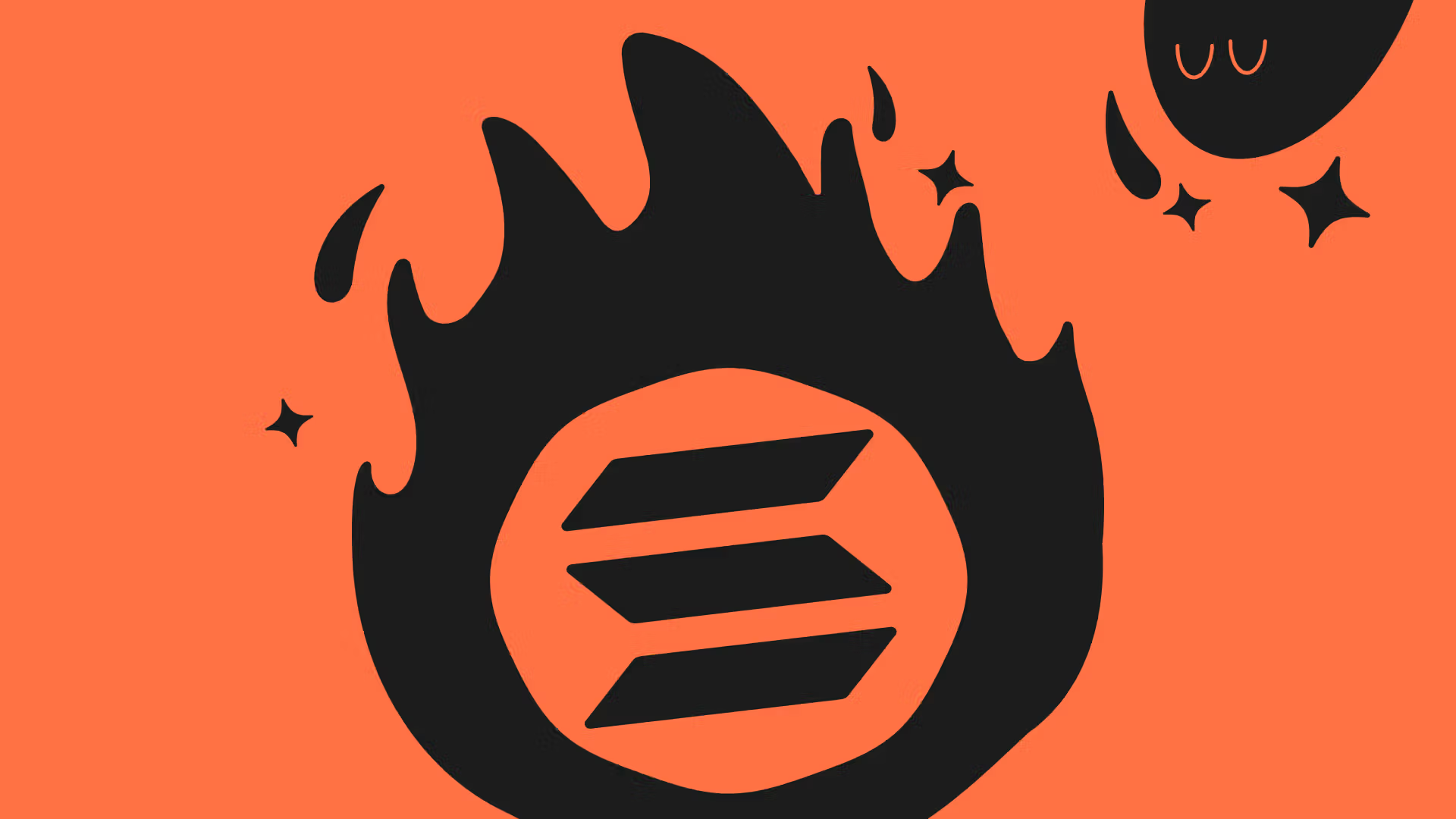Reason to trust

How Our News is Made
Strict editorial policy that focuses on accuracy, relevance, and impartiality
Ad discliamer
Morbi pretium leo et nisl aliquam mollis. Quisque arcu lorem, ultricies quis pellentesque nec, ullamcorper eu odio.
Gas fees are typically looked at as one of the most fundamental costs associated with doing anything on blockchains that support smart contracts, such as in Ethereum.
They are transaction fees for any activity on a network. These transaction fees are also a eky aspect in minting, selling, buying or trading non-fungible tokens (NFTs).
But users rarely know what gas fees actually are and why they are required. Some who are aware question how they can potentially avoid or lower them. With that in mind, today, we will explore gas fees and some best practices for minting NFTs.
Gas Fees and Their Functionality: How All Of It Works
Within the context of blockchain networks such as Ethereum, whenever someone refers to “gas,” they are referring to a unit that measures the amount of computational effort required toward the execution of operations within the network.
Every single transaction will require a fee to incentivize its execution. Gas, in this case, is a reference to the fee, and the fee has to be paid.
However, the amount of gas required for a specific transaction will vary, depending on how complex it is. Those responsible for conducting the transactions and maintaining the network will charge a fee for their services.
Gas fees get paid in the network’s native cryptocurrency. For example, Ethereum, Ether, or ETH, is the native coin that powers the network. This means that users must have ETH in their cryptocurrency wallets to pay for the transaction fee. Each user must pay gas fees to carry out a transaction or do another activity on the blockchain.
The price of ETH gas is expressed in another unit, known as “gwei.” One gwei will be equivalent to a total of 0.000000001 Ether (ETH).
Numerous other blockchains that can facilitate smart contracts and carry out operations will also typically charge their own gas fees.
How Are Gas Fees Used in NFTs?
Any transaction that occurs on a blockchain does not occur automatically. The execution of every transaction will require a specific amount of computing resources in order to be executed.
The gas fees are the compensation paid to those responsible for confirming the transactions and putting them on the blockchain. The gas incentive encourages individuals to stake on the network, or mine, depending on its underlying consensus mechanism. Every transaction will typically carry an associated charge to prevent infinite loops or malicious actors from misusing the system and putting the system’s security at risk.
In the context of non-fungible tokens (NFTs), gas fees are used to compensate miners or validators, depending on the network’s consensus mechanism, for their documentation of NFT minting transactions on the blockchain.
Whenever artists aim to put their artwork on a blockchain, they need to mint it. When they mint it, they carry out an order to the network that stakers or miners need to complete. For their services, they charge a gas fee. The same occurs whenever they record specific data on a blockchain or whenever someone buys, sells, or trades an NFT on a specific network.
The minting transaction of the non-fungible token (NFT) will only occur at the point in time when the creator pays for the approved gas fees, and afterward, they will find that their NFT is live on the blockchain network in question.
These NFT gas fees are variable, and the price paid for a specific transaction will be dependent on numerous metrics, including network activity, the amount of data getting recorded, or the overall congestion.
Is There a Way To Avoid Gas Fees with NFTs?
Multiple ways have been created to help creators pay as little as possible in regard to gas fees. Some NFT marketplaces, for example, have implemented the ability for creators to list their NFTs for sale, and then the gas fee gets paid at the point in time when a buyer submits and completes an offer. The gas fee is included in the sale price when the purchase is accepted.
Listing multiple NFTs as a collection will also lead to a reduction in the gas fees, as the creator would bundle the assets together and sell them as a package to a potential buyer.
Experts at SmartMint say switching from a congested network like Ethereum to another network that focuses on keeping gas fees low can save users from high costs.
Moving Forward With Creating NFTs Through Pastel’s SmartMint
For creatives, who want to focus on the creation of artwork, or music primarily, the process of coding a smart contract manually, then putting it on a blockchain to sell it can be tedious, difficult, and time-consuming.
SmartMint by Pastel Network aims to simplify the procedure by providing a no-code solution that will enable anyone to create an NFT easily.
“SmartMint addresses these challenges by offering creators a no-code NFT minting platform that is accessible to anybody,” said Pastel co-founder Anthony Georgiades.
Users can create NFTs on multiple blockchains, as SmartMint supports Ethereum, Polygon, and Solana. Users can also add custom properties, traits, and metadata to their creations without being limited to existing standards.
SmartMint also features Sense, a near-duplicate NFT detection protocol, and Cascade, a distributed, permanent storage system designed for NFT data, where users will need to pay once and store their NFTs forever.
These tools can help alleviate users from some of the costs associated with creating and minting NFTs.
With all of that in mind, we have gone over some of the most fundamental aspects surrounding gas fees and how they connect to non-fungible tokens (NFTs). By utilizing the right tools and selecting the right blockchain, a lot of creatives can lessen the cost associated with getting NFTs minted and listing them on marketplaces.
Disclaimer: This is a paid release. The statements, views and opinions expressed in this column are solely those of the content provider and do not necessarily represent those of NewsBTC. NewsBTC does not guarantee the accuracy or timeliness of information available in such content. Do your research and invest at your own risk.

















